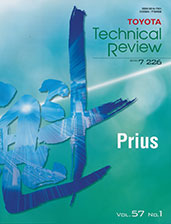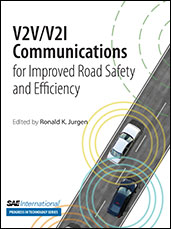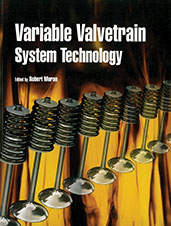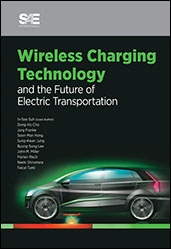Book
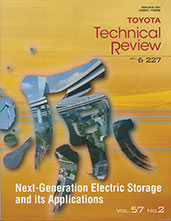
Toyota R&D Technical Review 2011
2011-08-01
Giving unique insight into Toyota's 2011 technical developments, this book includes 18 papers that chronicle the Japanese OEM's R&D activities in a variety of technologies during that year. This volume has a special focus on next-generation electric storage, and 10 of the papers highlight developments in such things as batteries, fuel cells and next-generation energy. Title highlights include: Next Generation Electric Storage and Its Applications • Secondary Battery Development for Hybrid Vehicles at Toyota • Development Trends and Popularization Trends for Fuel Cell Vehicles • Renewable Energy and Its Effective Usage Other Technical Areas • Drivetrain Development for the Lexus LFA • Development of Scratch-Resistant Universal Clear Coat • Development of Environmentally Friendly Machining Process for Aluminum Parts
